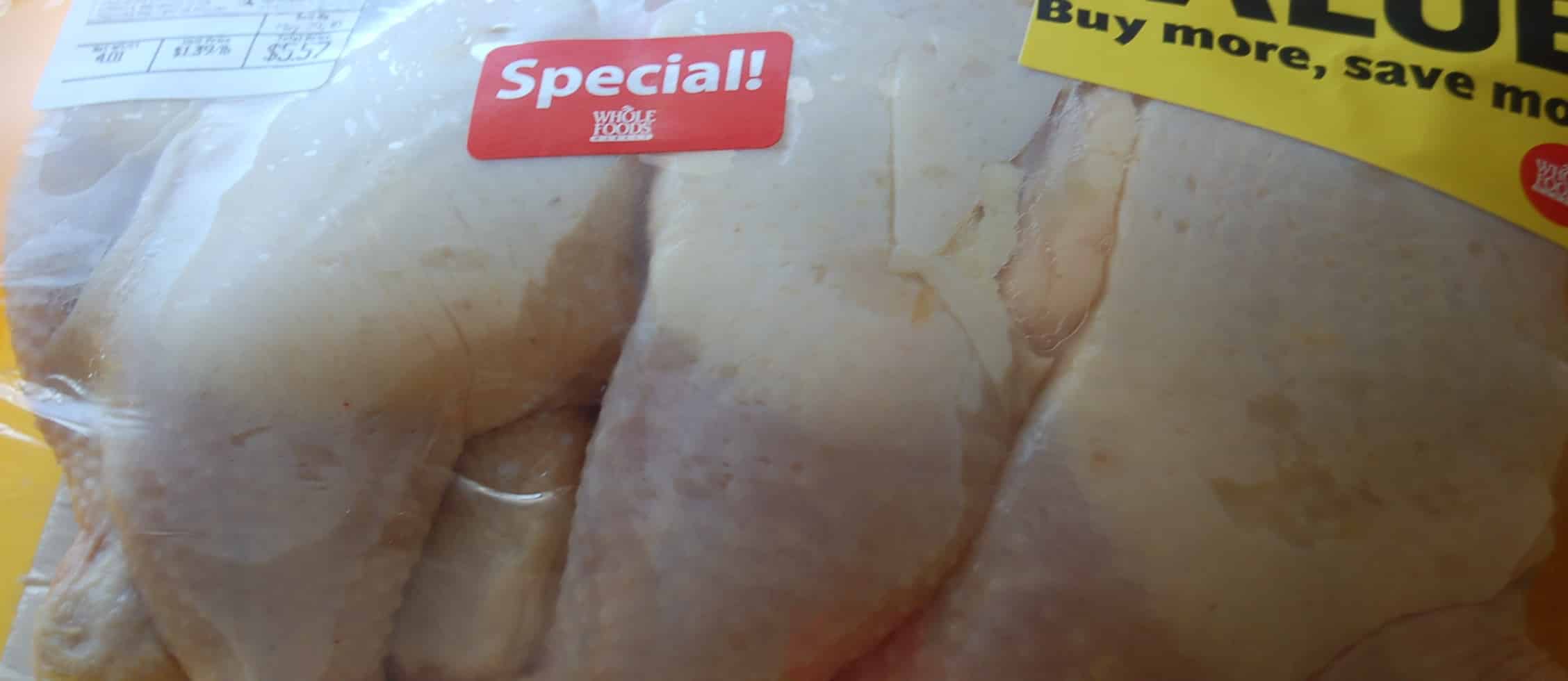In my video Phosphate Additives in Meat Purge and Cola, I talked about the danger of phosphorus additives in food. However, when surveyed, most future medical professionals were insufficiently aware—in fact, two-thirds had no clue—of the risks related to prolonged high dietary phosphate intake. Even if they knew it was a problem, they didn’t know which foods had added phosphates. 99% knew that sugar was added to soda, but only 7% knew that phosphates were added. I bet even fewer knew that it’s injected into most packages of meat.
Though this practice remains banned in Europe, 11 different phosphate salts are currently allowed to be injected into meat and poultry in the United States. This despite the fact that phosphate is considered an arterial toxin—causing our arteries to stiffen up within just two hours of consumption. Phosphate additives may also make poultry more dangerous from a food safety standpoint.
Phosphate additives may increase the number of Campylobacter bacteria in chicken exudates. Chicken exudate is the same as poultry purge (colloquially known as chicken “juice”), “the fluid that seeps out from processed poultry carcasses and is often found to be contaminated with considerable numbers of Campylobacter bacteria. It is comprised of water, blood, fats, and other materials added to the poultry during processing.” If chicken isn’t injected with phosphate, the exudates seeping into the package may grow about 100 Campylobacter bacteria. But, add some phosphate to the carcass, and up to a hundred million bacteria may grow.
Why does adding phosphate to poultry increase the number of Campylobacter bacteria? It may be because phosphates increase the survival of Campylobacter—by 100 fold or more. The infectious dose for Campylobacter has been shown to be as little as 500 organisms. How much might there be in chicken? 100,000 can be easily recovered from washes of whole chicken carcasses.
So what does a million times more food-poisoning bacteria mean for the risk to consumers? A mere hundred fold increase in these fecal matter bacteria can mean a thirty fold difference in the number of human outbreaks of Campylobacter, which can leave patients paralyzed (see my video Poultry and Paralysis). But, if the poultry industry doesn’t add phosphates, how are they (in their words) going to “enhance the moisture absorbance, color, and flavor of the meat and reduce product shrinkage?”
Other concerning additives used by the meat industry include asthma-type drugs (Ractopamine in Pork), bacteria-eating viruses (Viral Meat Spray), larvae (Maggot Meat Spray), nitrosamines (Prevention Is Better Than Cured Meat), and antibiotics (Drug Residues in Meat).
Since phosphate additives don’t have to be listed on the nutrition label, how do we avoid them? All in my video How to Avoid Phosphate Additives.
-Michael Greger, M.D.
PS: If you haven’t yet, you can subscribe to my videos for free by clicking here and watch my full 2012 – 2015 presentations Uprooting the Leading Causes of Death, More than an Apple a Day, From Table to Able, and Food as Medicine.
